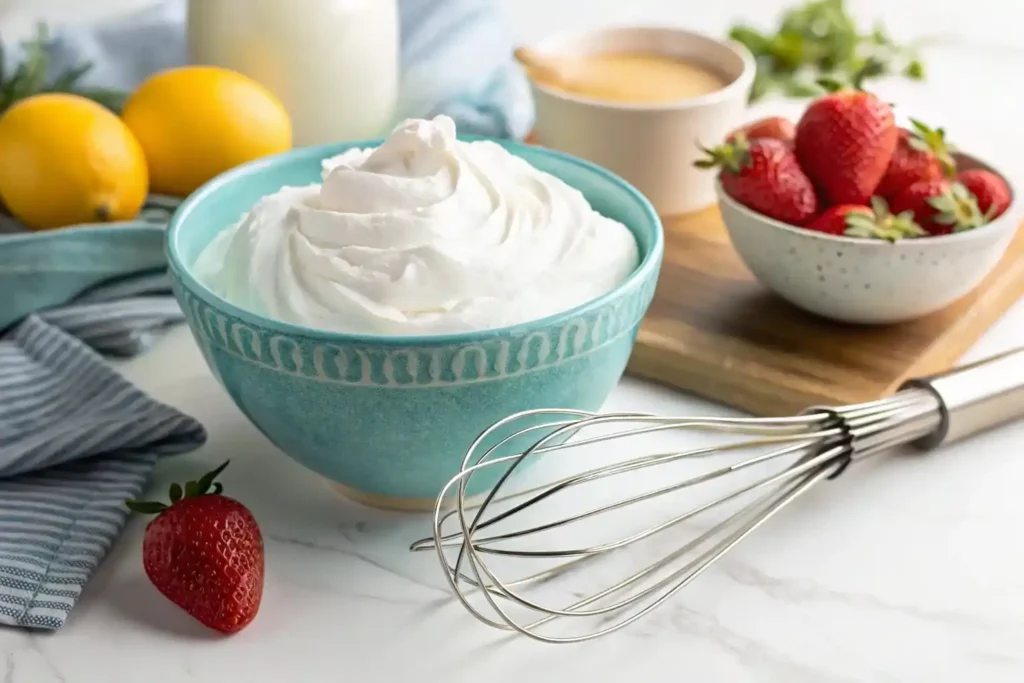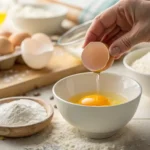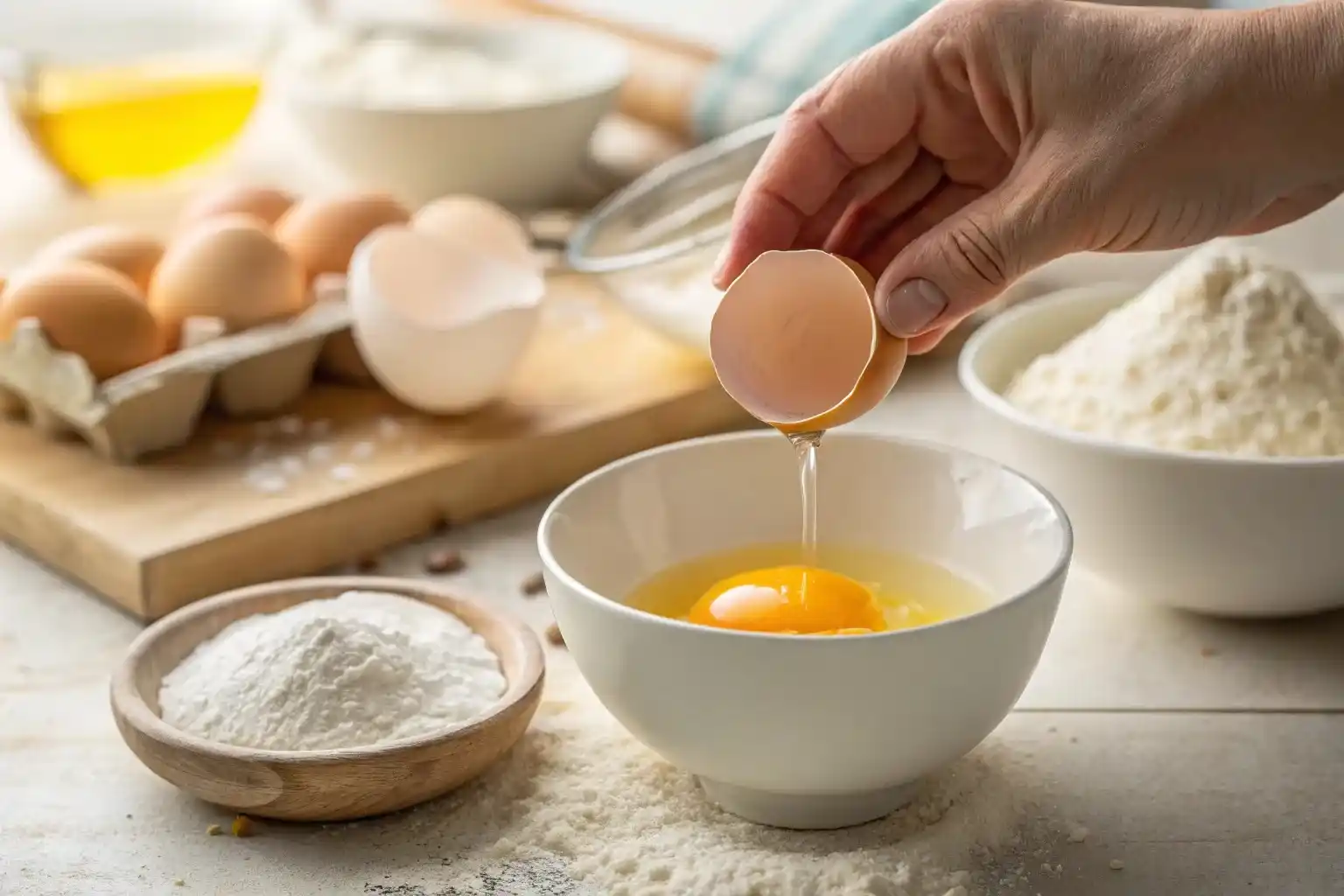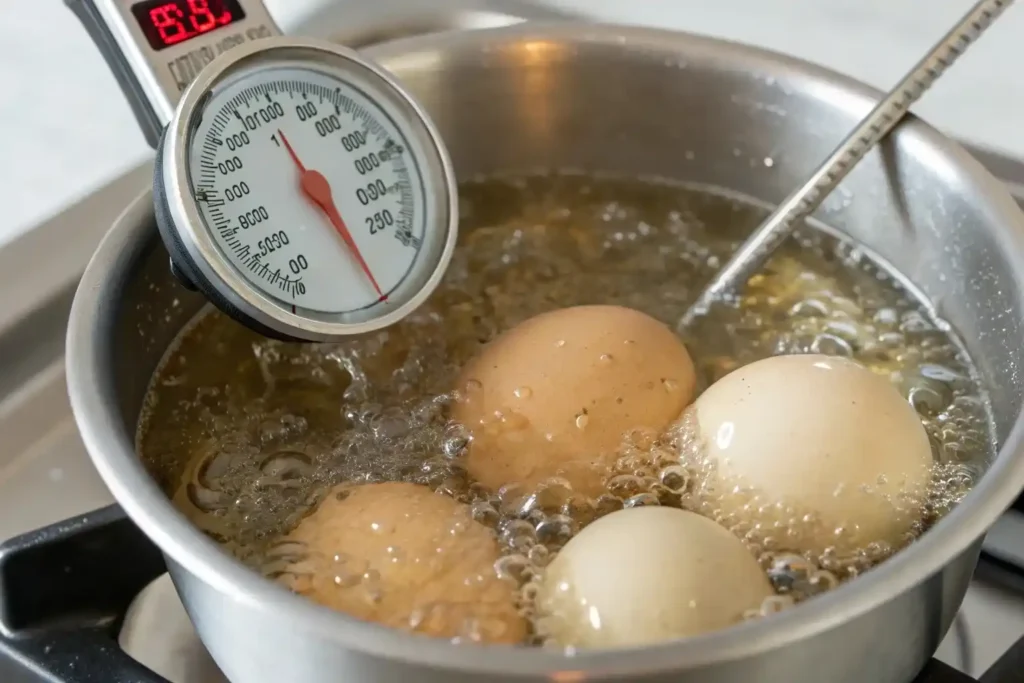The Appeal of No-Bake Desserts and the Raw Egg Question
No-bake desserts offer a refreshing escape from the oven, especially during warm weather. From creamy mousses to luscious tiramisus and light raspberry spumas, these treats often rely on raw eggs for their signature texture and richness. However, the use of raw eggs frequently raises concerns about food safety, primarily due to the risk of Salmonella contamination. This article delves into the realities of raw egg consumption in no-bake desserts, offering practical guidance on how to minimize risks and enjoy your favorite treats with confidence.
Understanding the Risk: Salmonella and Raw Eggs
Salmonella is a type of bacteria that can cause foodborne illness, known as salmonellosis. Symptoms typically include fever, diarrhea, nausea, vomiting, and abdominal cramps. While most people recover without specific treatment, salmonellosis can be severe, even life-threatening, for vulnerable populations such as young children, the elderly, pregnant women, and individuals with weakened immune systems.
Eggs can become contaminated with Salmonella in two primary ways:
1.Inside the hen: The bacteria can be present in the hen’s reproductive organs and contaminate the egg before the shell is formed.
2.Outside the egg: Salmonella can be found in the hen’s feces and contaminate the eggshell after it’s laid. While eggshells have a protective cuticle, this barrier can be compromised.
It’s important to note that while the risk exists, it’s relatively low, especially in countries with strict egg safety regulations. However, for recipes that call for raw or lightly cooked eggs, taking precautions is crucial.
Minimizing Risk: Best Practices for Using Raw Eggs
If your recipe calls for raw eggs, here are essential best practices to follow:
1. Choose the Right Eggs
- Buy pasteurized eggs: These eggs have been heated to a temperature that kills bacteria without cooking the egg. They are readily available in many grocery stores and are the safest option for recipes requiring raw eggs.
- Look for labels: In some regions, eggs may be certified as Salmonella-free or produced under strict safety standards. Check for such labels if pasteurized eggs are not available.
- Avoid cracked or dirty eggs: Never use eggs with cracked shells, as this can allow bacteria to enter. Discard any eggs that appear dirty or have visible contaminants.
2. Proper Storage
Refrigerate promptly: Store eggs in their original carton in the coldest part of your refrigerator (usually the back of the main compartment) as soon as you bring them home. This helps maintain their quality and prevents bacterial growth.
Avoid temperature fluctuations: Keep eggs away from the refrigerator door, where temperatures can fluctuate more.
3. Cross-Contamination Prevention
Wash hands: Always wash your hands thoroughly with soap and water before and after handling raw eggs.
Clean surfaces and utensils: Use separate cutting boards, bowls, and utensils for raw eggs and other ingredients. Wash all surfaces and utensils that come into contact with raw eggs with hot, soapy water.
When working with seasonal ingredients, it’s particularly important to follow these safety guidelines. Summer berries pair beautifully with egg-based no-bake desserts, but the combination of fresh fruit and raw eggs requires extra attention to temperature control and storage. For those looking for creative variations, you might even consider turning your spuma into a frozen treat with techniques from our raspberry spuma ice cream guide.
How to Pasteurize Eggs at Home (for the Ambitious Cook)
If pasteurized eggs are not an option, you can pasteurize fresh eggs at home. This method involves carefully heating the eggs to a temperature that kills bacteria without fully cooking them. A food thermometer is essential for accuracy.
Method: Hot Water Bath
1.Gather your tools: You will need fresh eggs, a saucepan, a food thermometer (preferably an instant-read thermometer), and a slotted spoon.
2.Prepare the water bath: Fill a saucepan with enough water to fully submerge the eggs. Heat the water over medium heat until it reaches 140°F (60°C). It’s crucial to maintain this temperature, so keep a close eye on your thermometer.
3.Submerge the eggs: Carefully place the eggs into the hot water using a slotted spoon. Do not overcrowd the pan.
4.Maintain temperature and time: Keep the eggs in the 140°F (60°C) water for exactly 3 minutes. If the water temperature drops, slightly increase the heat; if it rises too high, add a splash of cold water to bring it back down.
5.Cool immediately: After 3 minutes, remove the eggs from the hot water and immediately transfer them to an ice bath (a bowl of ice water) to stop the cooking process. Let them cool completely.
6.Store and use: Once cooled, store the pasteurized eggs in the refrigerator and use them within a few days for your no-bake recipes.
Note: This method is effective for whole eggs. For recipes requiring separated egg whites or yolks, you can also pasteurize them directly using a double boiler method for cooked syrup spuma, whisking constantly over simmering water until they reach 160°F (71°C), then cooling rapidly.
Egg Alternatives for No-Bake Desserts
For those who prefer to avoid eggs altogether, several excellent alternatives can provide similar texture and binding properties:

1. Aquafaba (Chickpea Brine)
Aquafaba, the liquid from canned chickpeas, is a remarkable vegan substitute for egg whites. When whipped, it forms stiff peaks similar to meringue, making it ideal for mousses, meringues, and even vegan spumas.
- How to use: Drain a can of unsalted chickpeas, reserving the liquid. Use 2 tablespoons of aquafaba to replace one egg white. Whip with sugar and other ingredients as you would egg whites.
2. Commercial Egg Replacers
Various powdered egg replacers are available in grocery stores, typically made from starches and leavening agents. These are convenient for many baking and no-bake applications.
- How to use: Follow the package instructions for substitution ratios and preparation.
3. Silken Tofu
Blended silken tofu can add creaminess and structure to no-bake desserts, especially those with a thicker consistency like cheesecakes or puddings.
- How to use: Blend silken tofu until completely smooth, then incorporate into your recipe as a base.
Conclusion: Enjoying No-Bake Desserts Safely
No-bake desserts are a delightful part of culinary repertoire, offering ease and refreshing flavors perfect for healthy summer desserts. By understanding the potential risks associated with raw eggs and implementing proper safety measures—whether by choosing pasteurized eggs, pasteurizing them at home, or opting for reliable egg alternatives—you can confidently create and enjoy these delicious treats. Whether you’re exploring the differences between spuma, mousse, and espuma or following the latest viral food trends, you can whip up that raspberry spuma or creamy mousse, knowing you’ve taken the necessary steps for a safe and enjoyable dessert experience.
Print
No-Bake Desserts: Tips and Egg Alternatives
Discover the joys of no-bake desserts while learning how to safely incorporate raw eggs or find suitable egg alternatives for your favorite treats.
- Total Time: 15 minutes
- Yield: 4 servings 1x
Ingredients
- 2 tablespoons aquafaba (chickpea brine) for each egg white
- Commercial egg replacers (follow package instructions)
- 1 cup silken tofu, blended until smooth
Instructions
- To use aquafaba, drain a can of unsalted chickpeas, reserving the liquid, and whip it with sugar and other ingredients.
- For commercial egg replacers, follow the package instructions for substitution ratios and preparation.
- Blend silken tofu until completely smooth, then incorporate into your recipe as a base.
Notes
For best practices with raw eggs, opt for pasteurized eggs and maintain strict hygiene when handling. Always store eggs properly and use separate utensils.
- Prep Time: 15 minutes
- Cook Time: 0 minutes
- Category: Dessert
- Method: No-Bake
- Cuisine: International
- Diet: Vegan
Nutrition
- Serving Size: 1 serving
- Calories: 250
- Sugar: 10g
- Sodium: 50mg
- Fat: 8g
- Saturated Fat: 1g
- Unsaturated Fat: 5g
- Trans Fat: 0g
- Carbohydrates: 30g
- Fiber: 6g
- Protein: 7g
- Cholesterol: 0mg
Keywords: no-bake desserts, egg alternatives, aquafaba, vegan desserts, summer treats


